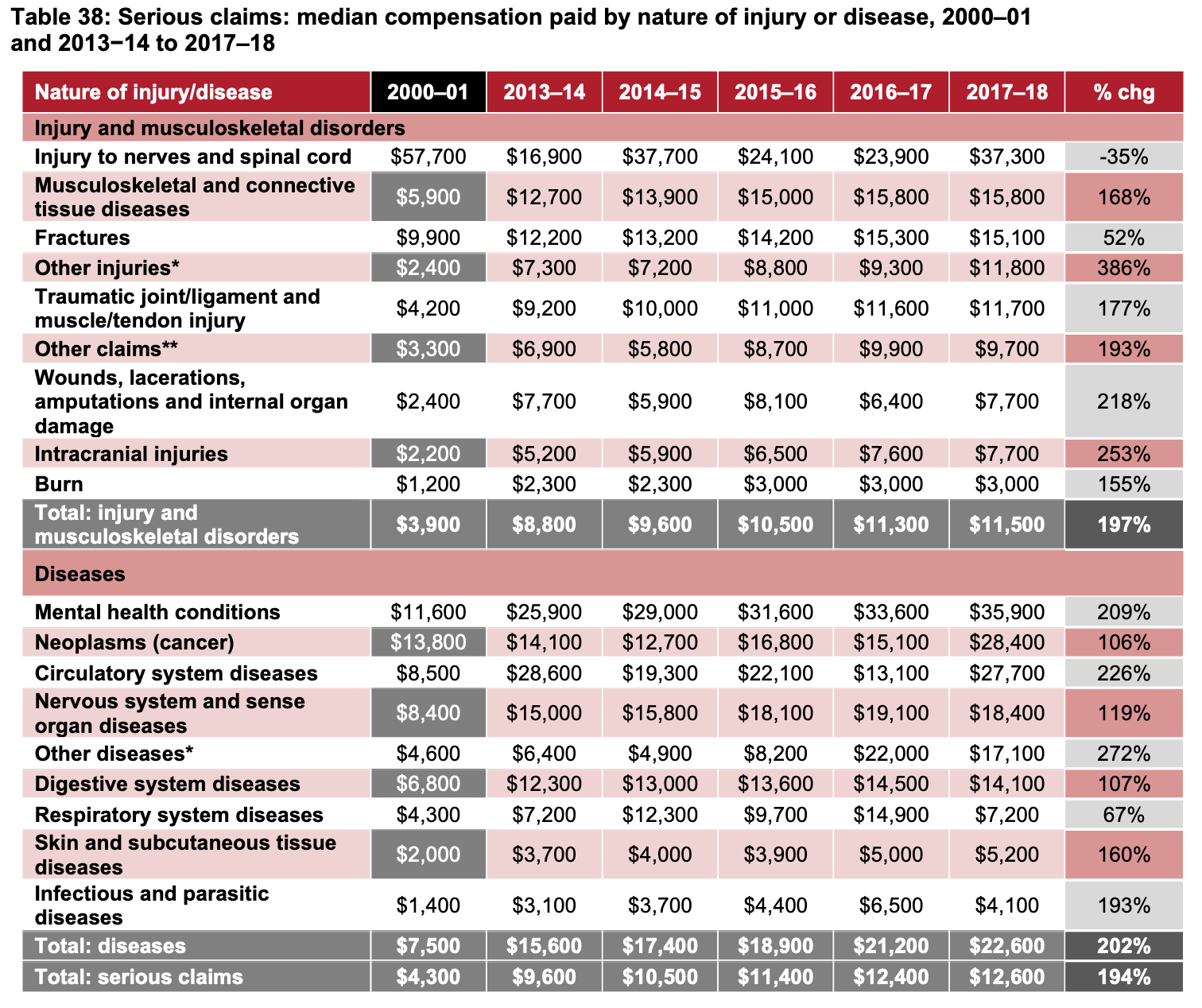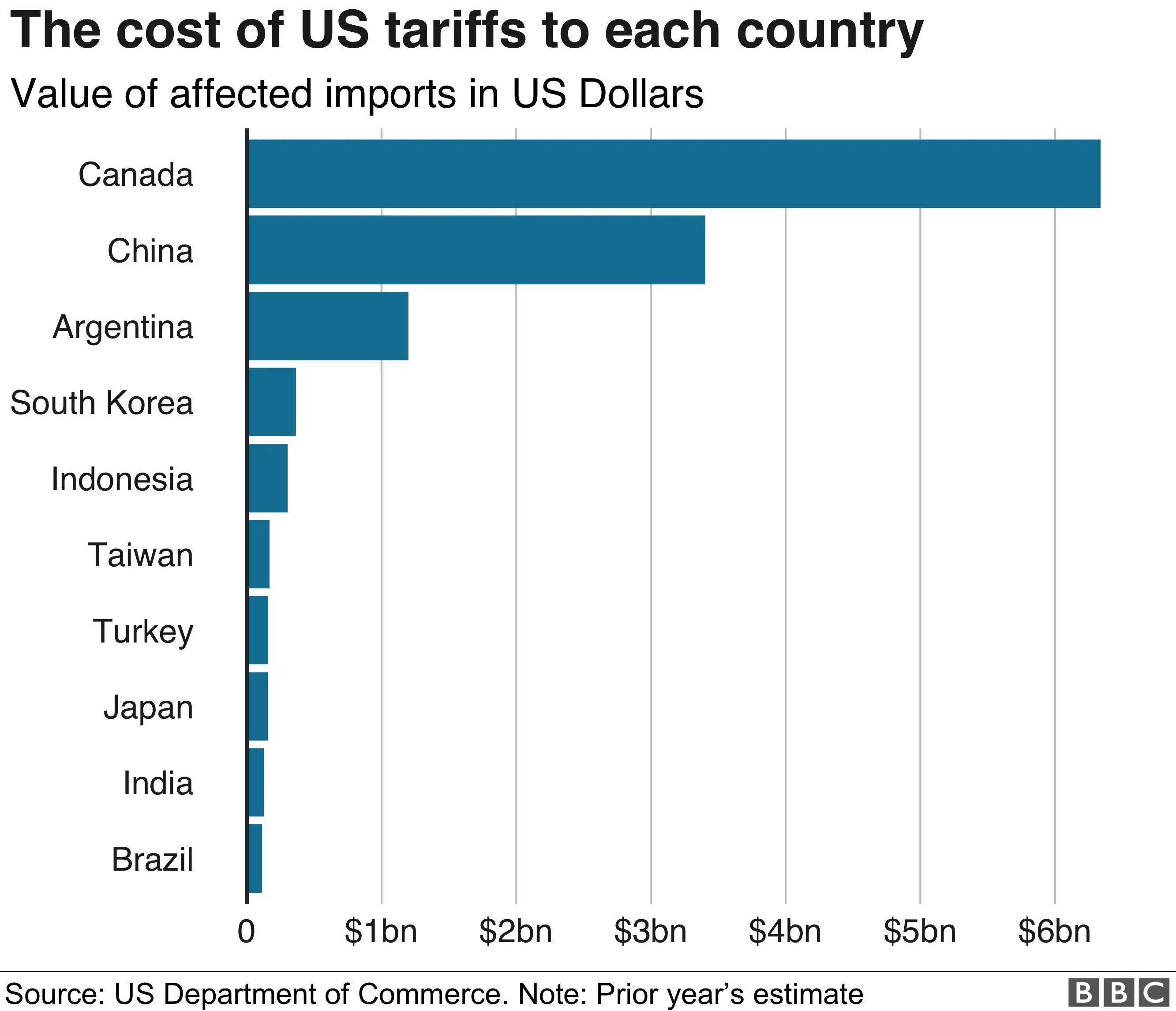Understanding The Low Rates Of Mental Health Claims: A Comprehensive Analysis

Table of Contents
The Stigma Surrounding Mental Health
The pervasive stigma surrounding mental health significantly contributes to the low number of claims filed. This stigma creates numerous barriers preventing individuals from seeking the help they need.
Societal Barriers
Societal pressures often lead to the concealment of mental health struggles. The fear of judgment, discrimination, and being perceived as weak discourages many from seeking professional help.
- Examples of stigma: Workplace discrimination, social isolation, and negative portrayals in media.
- Impact on help-seeking behavior: Many individuals delay or avoid seeking treatment altogether due to fear of repercussions.
- Statistics: Studies suggest that up to 75% of individuals experiencing mental health issues avoid seeking help due to stigma. Numerous campaigns, such as the "Time to Change" initiative in the UK, actively combat this stigma.
Family and Cultural Influences
Family dynamics and cultural beliefs play a crucial role in shaping attitudes towards mental health and treatment. These influences often impact an individual's willingness to seek professional help.
- Cultural variations: Some cultures may stigmatize mental illness more than others, leading to a reluctance to discuss or address these issues.
- Family expectations: Family pressure to maintain a certain image or suppress emotions can deter individuals from seeking support.
- Generational differences: Older generations may hold more traditional and stigmatizing views compared to younger generations, creating a generational gap in help-seeking behavior.
Access and Affordability Barriers to Mental Healthcare
Beyond stigma, access and affordability represent significant obstacles to obtaining mental healthcare, directly contributing to low rates of mental health claims.
Lack of Insurance Coverage
Inadequate insurance coverage for mental health services is a major barrier. Many individuals face high out-of-pocket costs, even with insurance.
- High deductibles and co-pays: The significant financial burden associated with mental healthcare can be prohibitive for many.
- Limited network providers: A limited network of in-network providers can restrict access to quality care.
- Insufficient coverage for specific treatments: Insurance plans may not adequately cover specific therapies or medications, forcing individuals to bear substantial costs.
- Statistics: A substantial portion of the population lacks adequate insurance coverage for mental health services, highlighting a critical gap in the healthcare system. The high cost of therapy sessions and medications further limits access.
Geographic Limitations
Geographic limitations, particularly in rural areas and underserved communities, exacerbate the problem of access to mental healthcare.
- Shortage of mental health providers: A shortage of qualified professionals leads to long wait times for appointments and limited availability of specialized care.
- Long wait times for appointments: The delay in receiving treatment can worsen the condition and reduce the likelihood of seeking help.
- Lack of telehealth options: Limited access to telehealth options further restricts access for those in rural or remote areas.
- Statistics: The provider-to-patient ratio in rural areas is significantly lower than in urban areas, reflecting a clear disparity in access to mental healthcare.
Awareness and Understanding of Mental Health Conditions
A lack of awareness and understanding of mental health conditions also contributes to low mental health claim rates.
Lack of Education and Awareness
Inadequate education and awareness campaigns play a significant role in perpetuating misconceptions and hindering help-seeking behavior.
- Misconceptions about mental illness: Many individuals hold inaccurate or stigmatizing beliefs about mental health conditions.
- Lack of understanding of symptoms and available treatments: Limited knowledge about symptoms and treatment options makes it difficult for individuals to recognize and address their mental health needs.
- Statistics: Mental health literacy rates remain low in many populations, highlighting a need for improved education and awareness initiatives. The portrayal of mental illness in the media also impacts public perception and understanding.
Difficulty Recognizing Symptoms and Seeking Help
Recognizing mental health issues and taking the steps to seek professional help can be challenging for many individuals.
- Subtle symptoms: The subtle nature of some mental health symptoms makes them difficult to recognize and attribute to a mental health condition.
- Reluctance to admit needing help: Individuals may hesitate to acknowledge their struggles due to pride, stigma, or fear of judgment.
- Fear of misdiagnosis: Concerns about receiving an inaccurate diagnosis or inappropriate treatment can deter individuals from seeking help.
Improving Mental Health Claim Rates: Potential Solutions
Addressing the complex interplay of factors contributing to low claim rates requires a multi-pronged approach.
Policy Changes
Significant policy changes are needed to improve access and affordability of mental healthcare.
- Mandating mental health parity: Laws ensuring equal coverage for mental and physical health are crucial to reducing financial barriers.
- Increasing funding for research and treatment: More resources are needed for research into effective treatments and expanding access to evidence-based interventions.
- Expanding telehealth options: Increasing access to telehealth services can bridge geographical barriers and improve access for individuals in underserved areas.
Public Awareness Campaigns
Comprehensive public awareness campaigns are vital to reducing stigma and promoting help-seeking behavior.
- Effective strategies for raising awareness: Public service announcements, community outreach programs, and educational materials can be highly effective.
- Engaging communities: Involving communities in the conversation and promoting dialogue around mental health is essential to fostering a culture of support.
- Examples of successful campaigns: Many successful campaigns have demonstrated the power of education and open communication in reducing stigma and promoting help-seeking behavior.
Conclusion
Understanding the low rates of mental health claims requires recognizing the complex interplay of stigma, access barriers, and lack of awareness. Addressing these challenges through policy changes, increased funding, and comprehensive public awareness campaigns is crucial for improving mental health outcomes. Learn more about resources in your community and advocate for policies that prioritize mental healthcare. Let's work together to reduce the stigma and increase access to mental health services, leading to a healthier and more supportive society.

Featured Posts
-
 Bank Of Canadas April Interest Rate Decision Impact Of Trump Tariffs
May 02, 2025
Bank Of Canadas April Interest Rate Decision Impact Of Trump Tariffs
May 02, 2025 -
 Kocaeli Nde 1 Mayis Arbede Olayi Sahit Anlatimlari Ve Goergue Taniklari
May 02, 2025
Kocaeli Nde 1 Mayis Arbede Olayi Sahit Anlatimlari Ve Goergue Taniklari
May 02, 2025 -
 Antoine Duponts 11 Point Contribution To Frances Victory Over Italy
May 02, 2025
Antoine Duponts 11 Point Contribution To Frances Victory Over Italy
May 02, 2025 -
 Iconic Bands Festival Condition Life Or Death Only
May 02, 2025
Iconic Bands Festival Condition Life Or Death Only
May 02, 2025 -
 Swiss President Recommits Support For Ukraine
May 02, 2025
Swiss President Recommits Support For Ukraine
May 02, 2025
